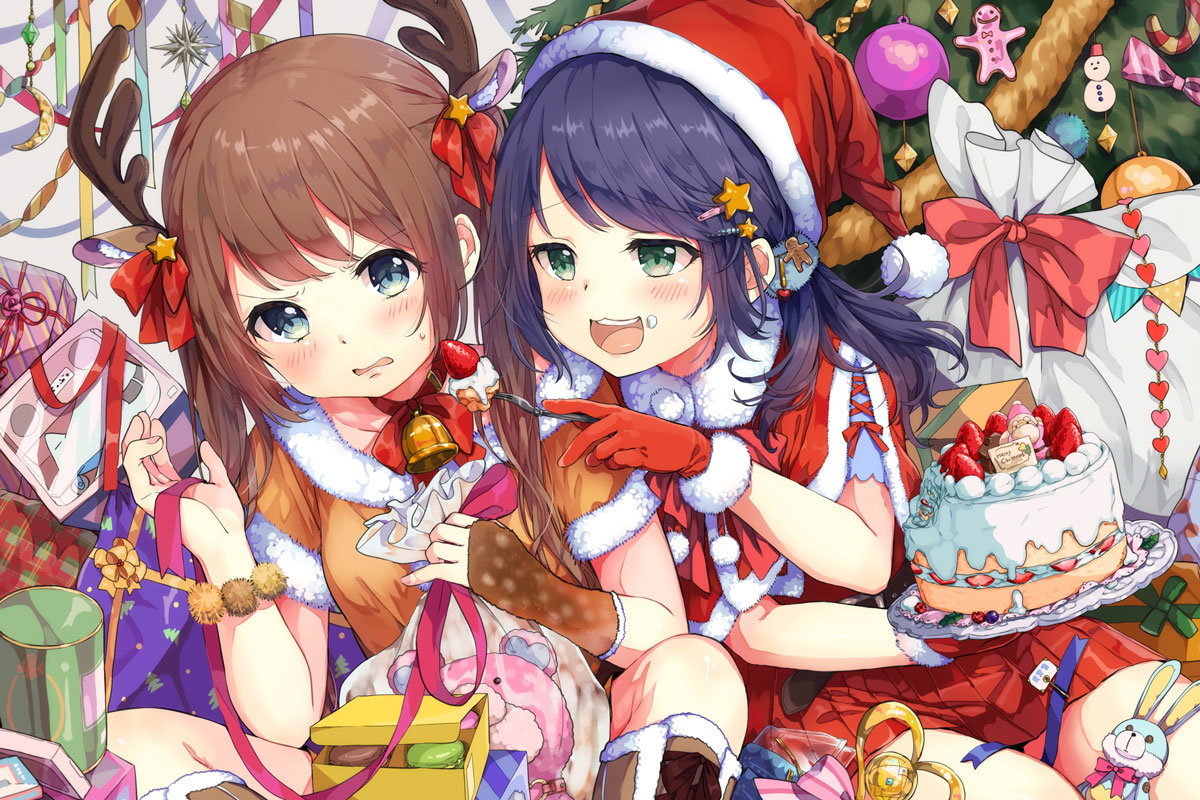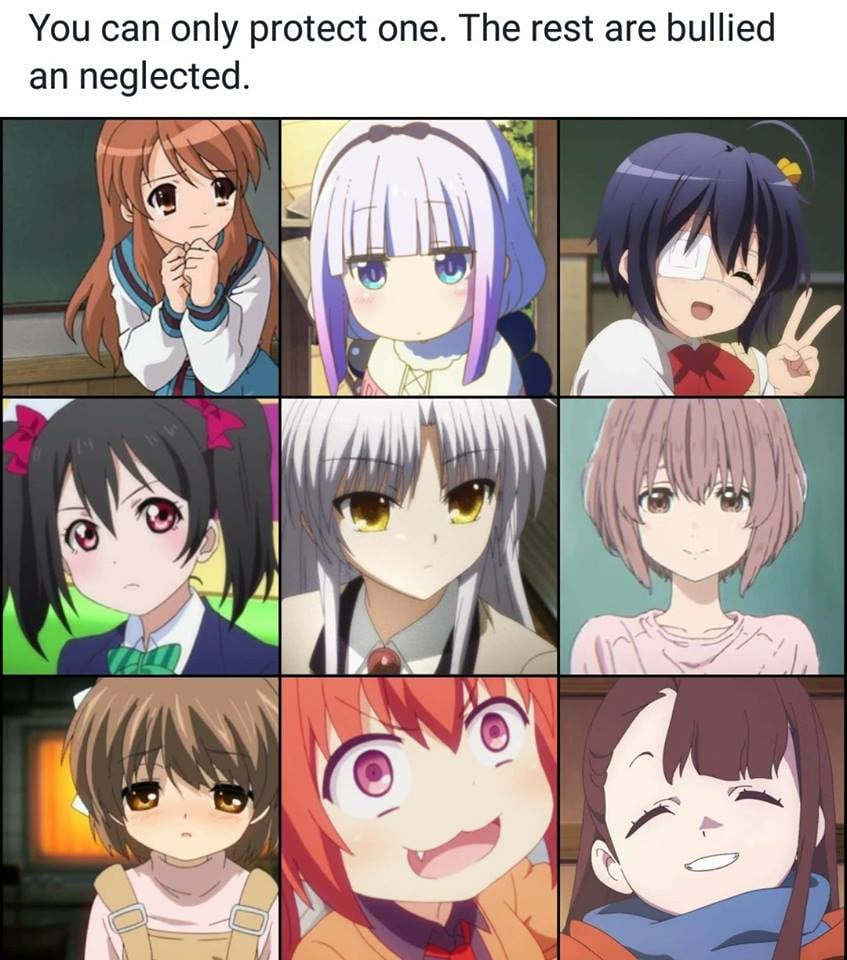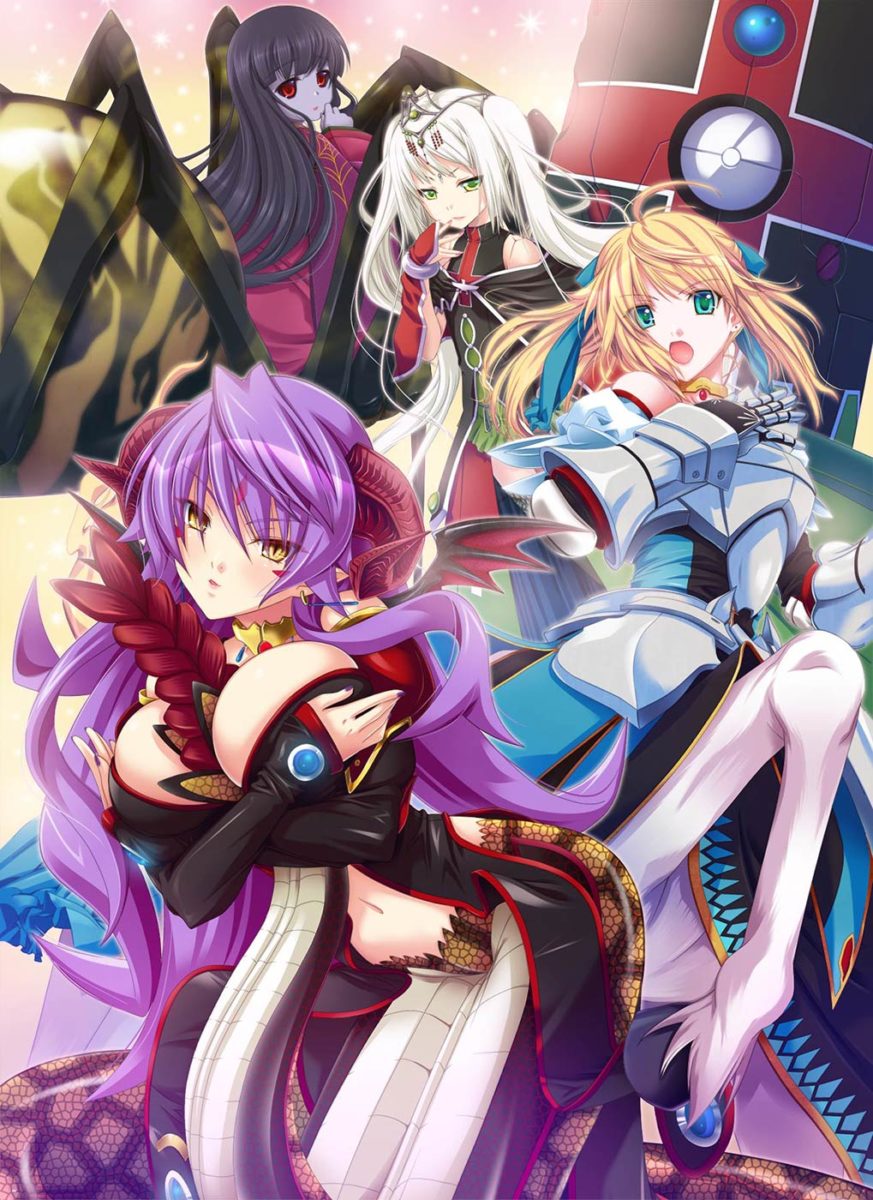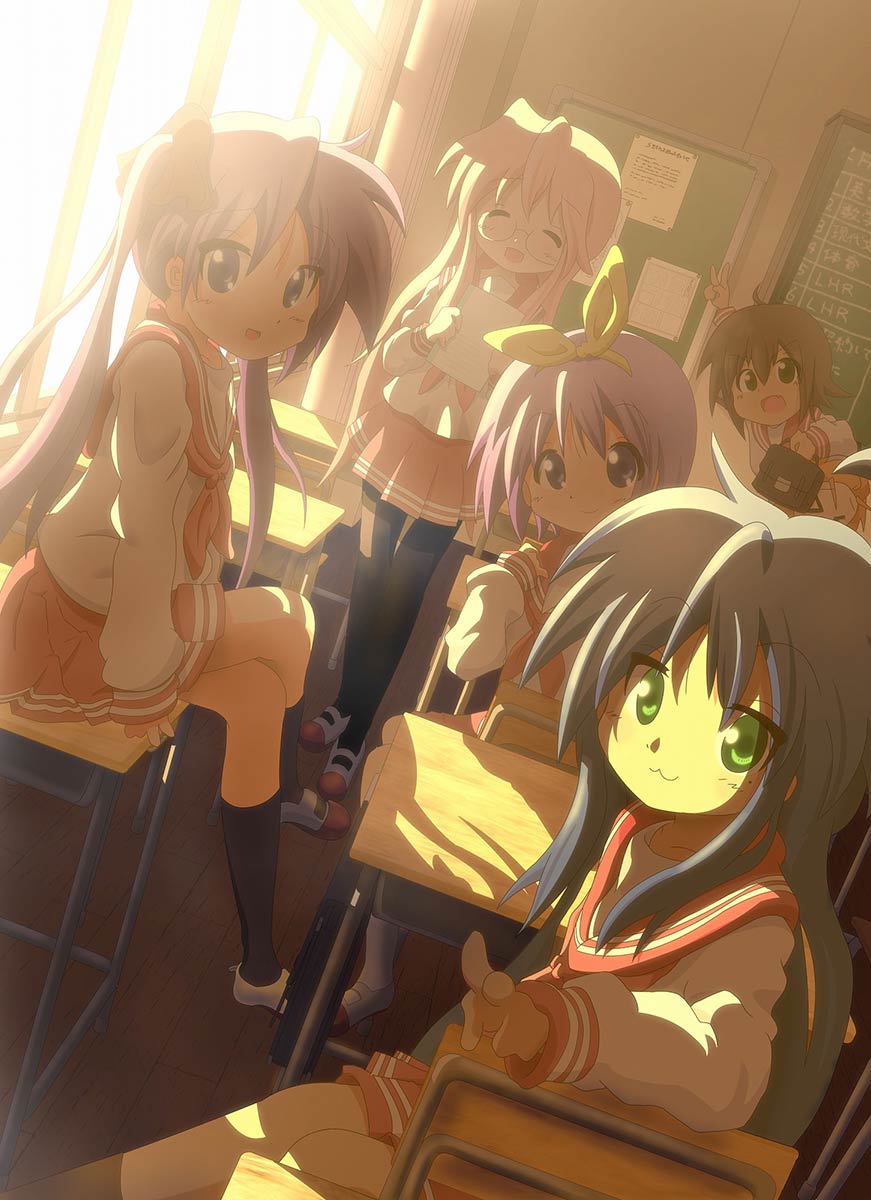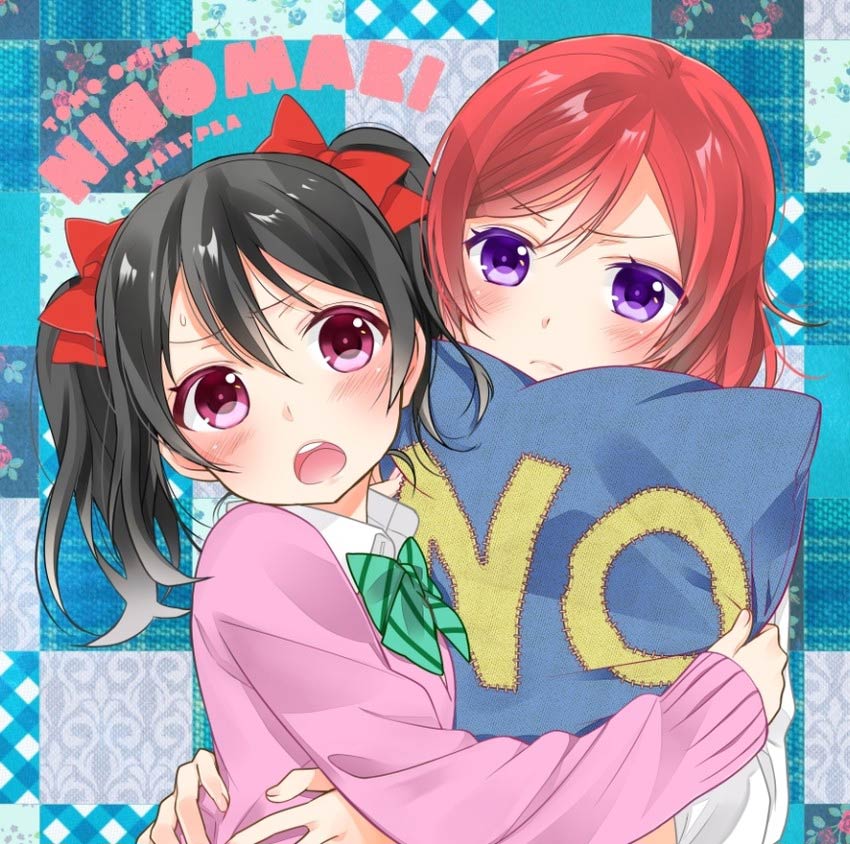Hello and ake-ome to all of us from Japan. This is a fairly recent slang way to say 明けましておめでとう akemashite omedetou, or Happy New Year, since even Japanese find their own syllable-based language unwieldy at times.As usual, we had a nice quiet holiday here in Japan, eating the traditional New Year’s bento called osechi ryouri as we looked through the nengajo New Year’s Greeting cards we received. Sending New Year’s Cards is a fun tradition that helps keep open certain connections that might disappear otherwise. Nengajo are sent in late December and delivered by the post office on the morning of January 1, and it’s always fun to see how many you get. Not everyone can receive a nengajo card however: families that have had a death that year are officially in a state of mourning and can’t receive them, so you have to be careful who you send the cards to lest you make a social faux pas. (The worst time to have a family member die is in the last days of December when friends have already sent their New Year’s Cards to you.) I’ve been posting examples of moe-kei New Year’s Cards from Pixiv on the J-List Twitter, Tumblr and Facebook feeds — most featuring art from Kantai Collection, since that game is the most popular thing in Japan these days — if you want to “like” or follow. Now my family is off on a vacation to Cebu in the Philippines. It’s part of a region that was badly damaged by Typhoon Haiyan in November, and we’ll be happy to spend lots of tourist dollars and help them recover. While we’re gone the J-List staff will diligently fill all orders and keep the site updated. See you all in a week!
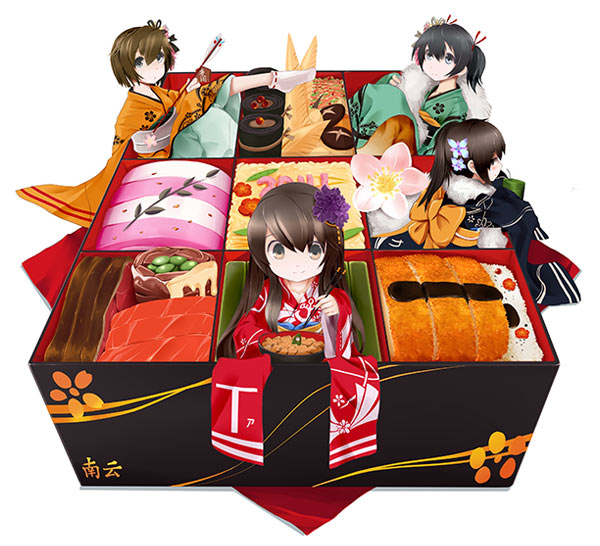
Osechi-ryouri is a traditional bento for eating on New Years Day. Moe girls sold separately.


